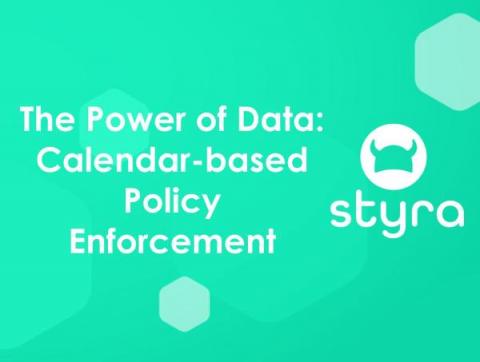SSH Tunneling Explained
Although the typical use case of SSH is to access a remote server securely, you can also transfer files, forward local and remote ports, mount remote directories, redirect GUI, or even proxy arbitrary traffic (need I say SSH is awesome?). And this is just a small set of what’s possible with SSH.










